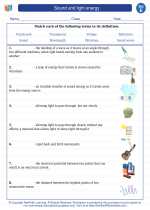Boiling Point
The boiling point of a substance is the temperature at which the vapor pressure of the liquid equals the external pressure surrounding the liquid, causing the liquid to rapidly change into a gas. At the boiling point, bubbles of vapor form within the liquid and rise to the surface, resulting in the characteristic churning and bubbling seen when water reaches its boiling point.
Factors Affecting Boiling Point
Several factors can influence the boiling point of a substance:
- Pressure: Higher external pressure increases the boiling point, while lower pressure decreases it. This is why water boils at a lower temperature at higher altitudes.
- Molecular Structure: Substances with stronger intermolecular forces typically have higher boiling points. For example, water (with hydrogen bonding) has a higher boiling point than methane (with weaker London dispersion forces).
- Purity: Impurities in a substance can raise or lower its boiling point, depending on the nature of the impurity.
Examples of Boiling Points
Here are the approximate boiling points of some common substances at standard atmospheric pressure:
| Substance | Boiling Point (°C) |
|---|---|
| Water | 100 |
| Alcohol (ethanol) | 78.37 |
| Nitrogen | -196 |
| Mercury | 356.7 |
Study Guide: Boiling Point
When studying the concept of boiling point, consider the following key points:
- Understand the definition of boiling point and how it relates to the change of state from liquid to gas.
- Learn the factors that influence the boiling point of a substance, such as pressure, molecular structure, and purity.
- Memorize the boiling points of common substances and understand how they can vary based on external conditions.
- Practice using the concept of boiling point to solve problems involving phase changes and physical properties of substances.
Remember to review and understand the examples and study guide as you prepare for any assessments or exams covering the topic of boiling point.
.◂Science Worksheets and Study Guides Fifth Grade. Sound and light energy

 Activity Lesson
Activity Lesson
 Worksheet/Answer key
Worksheet/Answer key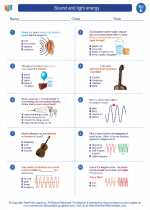
 Worksheet/Answer key
Worksheet/Answer key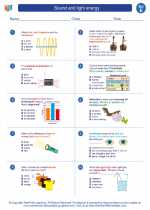
 Worksheet/Answer key
Worksheet/Answer key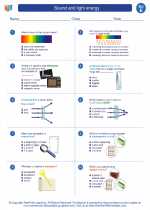
 Worksheet/Answer key
Worksheet/Answer key
 Vocabulary/Answer key
Vocabulary/Answer key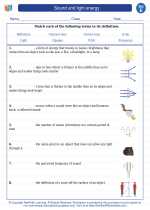
 Vocabulary/Answer key
Vocabulary/Answer key